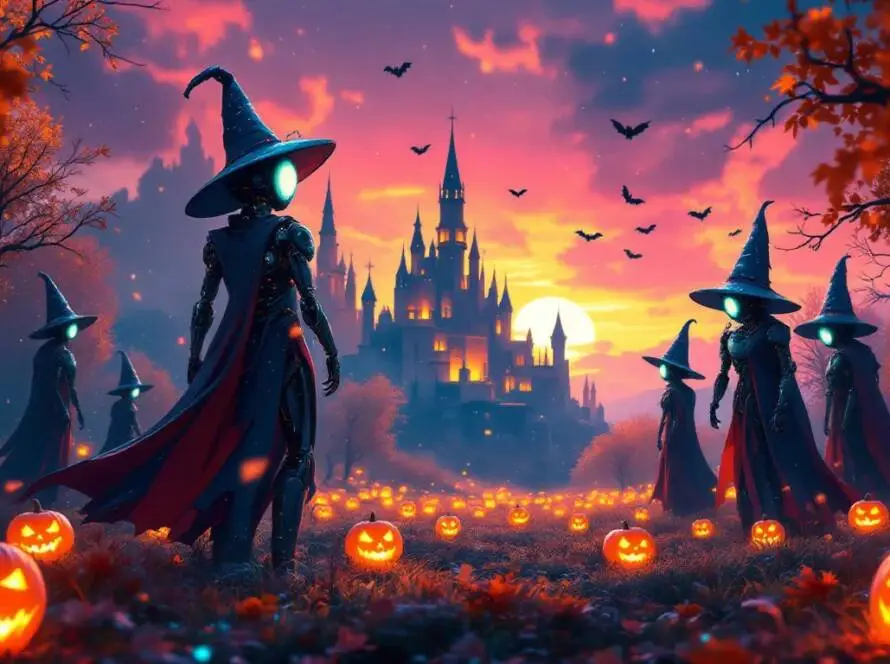Trick-or-treating is one of the most beloved traditions associated with Halloween, particularly in the United States and Canada. This festive activity involves children dressing up in costumes and going door-to-door in their neighborhoods to collect candy and treats. Here’s a closer look at the history, significance, and cultural aspects of trick-or-treating:
Historical Context
Ancient Traditions: The origins of trick-or-treating can be traced back to ancient Celtic festivals, particularly Samhain, where it was believed that the boundary between the living and the dead was blurred. People would light bonfires and wear costumes to ward off wandering spirits.
Medieval Practices: In medieval Europe, a practice known as “souling” involved children going door-to-door on All Hallows’ Eve (the night before All Saints’ Day) to offer prayers for the dead in exchange for food. This practice laid the groundwork for modern trick-or-treating.
American Adaptation: The modern version of trick-or-treating began to take shape in the early 20th century in the United States. By the 1950s, it had become a widespread Halloween tradition, with children dressing up in costumes and collecting candy from neighbors.
Significance of Trick-or-Treating
Community Engagement: Trick-or-treating fosters a sense of community as neighbors come together to celebrate Halloween. It encourages social interaction and strengthens community bonds, as families participate in the festivities.
Creativity and Imagination: The tradition allows children to express their creativity through costumes. Dressing up as their favorite characters, monsters, or whimsical figures encourages imaginative play and self-expression.
Celebration of Childhood: Trick-or-treating is a rite of passage for many children, marking their participation in a fun and festive activity. It creates lasting memories and traditions that families often pass down through generations.
Cultural Aspects
Costumes: Costumes play a central role in trick-or-treating. Children often choose costumes that reflect popular culture, such as superheroes, movie characters, or classic Halloween figures like witches and ghosts.
Neighborhood Decorations: Many neighborhoods embrace the Halloween spirit by decorating their homes with spooky decorations, creating an inviting atmosphere for trick-or-treaters. This adds to the excitement and festive ambiance of the holiday.
Safety and Guidelines: In recent years, there has been an increased focus on safety during trick-or-treating. Parents are encouraged to accompany younger children, use reflective gear, and be mindful of traffic. Some communities also organize designated trick-or-treating events in safe environments, such as schools or community centers.
Conclusion
Trick-or-treating is a cherished Halloween tradition that brings communities together, fosters creativity, and celebrates childhood. As children don their costumes and venture out to collect treats, they participate in a festive activity that has evolved over centuries, blending ancient customs with modern celebrations. This joyful practice continues to be a highlight of Halloween, creating lasting memories for families and communities alike.
Disclaimer:
The information provided in this blog is for informational purposes only and should not be considered professional advice. While we strive to provide accurate and up-to-date information, we make no guarantees about the completeness or reliability of the content. Any actions you take based on the information in this blog are at your own risk. Additionally, this blog may contain affiliate links, and we may earn a commission from purchases made through those links.



